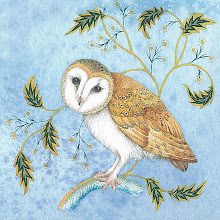
Much has changed at The Natural History Museum since our last visit, although thankfully the building itself remains unchanged. Outside it is all Victorian splendour, a fantastically ornate building designed by Alfred Waterhouse. Inside the building the space has been divided into zones and on a hot and crowded school holiday I found the experience rather claustrophobic. I had hoped to look at bumblebees and felt sure that I would be able to find a display of the various British varieties native to our countryside. Maybe such a thing exists but I could not find it in the newly formed zonal exhibition areas.

All was not lost however as we found a wonderful green oasis in the wildlife garden, complete with many species of wild flowers, trees, insects and a beautiful pond filled with water lilies, moorhens and dragonflies, oh yes and bees! Real live bumblebees feeding on teasels, definitely worth a visit. Sadly my attempt at photographing the bees failed so I have not included them in the post.

Whilst I am on the subject of bees, you can read about the work that the Bumblebee Conservation Trust is doing by visiting this blog. Nikki is in charge of a project, which is trying to reintroduce the “Short –haired” bumblebee back into Britain.





